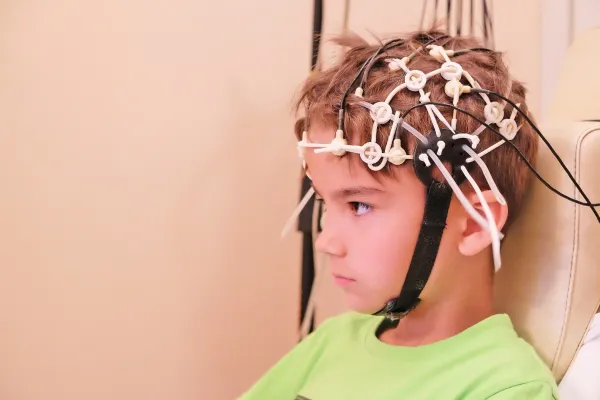Study Scenarios, Sharpen Disc Decompression, Discography Coding

Tip: Decompressions can include 2 codes. Last month, we took a tour of the coding conventions for disc decompression and discography coding. This month, we'll illustrate the issue further with a pair of clinical scenarios from a coder who's seen a lot of these claims. Basics: The following case studies represent two distinct encounters: Take a look at a pair of clinical scenarios that can make lucid how to code each of these PM procedures. Case 1: Disc Decompression Denise Caposella, CPC, senior consultant with Acevedo Consulting Incorporated in Delray Beach, Florida, provides us with our 62287 encounter: Patient suffers from herniated disc of L4-5 and LS-S1 levels. The PM specialist preps and drapes the patient's lower back and identifies L4-5 disc space. The provider then injects local anesthesia using lidocaine 1% with epinephrine; she uses a #25-gauge 1.5-inch needle to reach the superficial skin and subcutaneous tissue. Then, she introduces a 150 mm Stryker needle in the direction of the L4-5 intervertebral space. This successfully penetrates the disc and aims to the center of the disc at L4-5 in both AP and lateral views. Once this is accomplished under fluoroscopy, the PM specialist removes the trocar from the needle and inserts the Stryker decompressor so that approximately 1.5 to 2 g of the disc material were removed with the decompressor. The PM specialist accomplishes two passes of 90 seconds each. After the passes, the provider removes the instruments from the space and passes all the disc material through the scrub technician. Then, the PM specialist introduces the 150 mm Stryker needle in the direction of the L5-Sl intervertebral space; he successfully penetrates the space under fluoroscopy. He then removes the trocar from the needle, inserts the Stryker decompressor, and removes approximately 1.5 to 2 g of disc material with the decompressor. The PM specialist accomplishes two passes of 90 seconds After the passes, the provider removes the instruments from the space and passes all the disc material through the scrub technician. Once the patient wakes up, he is taken to the recovery room in satisfactory condition. Coding: You'll report 62287 for this encounter. "Because the CPT® descriptor of code 62287 includes the term 'single or multiple' levels, only one unit of 62287 is assigned even when the procedure is performed on more than one level," Caposella explains. Case 2: Discography/Disc Decompression Combo Again, Caposella gifted us with a detailed clinical scenario; in this one, the PM specialist performs a discography and a disc decompression: A patient suffers from a herniated L3-4 disk left and L3-4 disc with stenosis, and L4-L5 cyst with sequestered disc LS-SI. Notes indicate that the patient had a progressive history of back and left leg pain from an auto accident. The provider anesthetizes the skin 12 cm lateral to the midline over the posterior iliac crest, parallel to L3-4 disc space, with 1% Xylocaine. She then makes a small skin incision, and then a #22-gauge spinal needle was obliquely passed down in the Codman's triangle and posterior margin. At the L3-4 disc space, the PM specialist entered the disc space with a curved and endoscopic cannula. The probe was easily able to move across and posterior in the disc space, and in the midline; the provider removes 1 cc to 1.5 cc of disc material. Then, the PM specialist uses a #18-gauge needle to approach the L5-S1 disc space from a superior-posterior angle view, and then passes a #22-gauge Chiba in the disc space. The provider injects dye into the disc space, and there was no communication from the disc space through the posterior margin of the canal, where fragment had been seen on a magnetic resonance imaging (MRI) scan. Notes indicate that the PM specialist also made and interpreted radiographs. For this encounter, you'll report:




